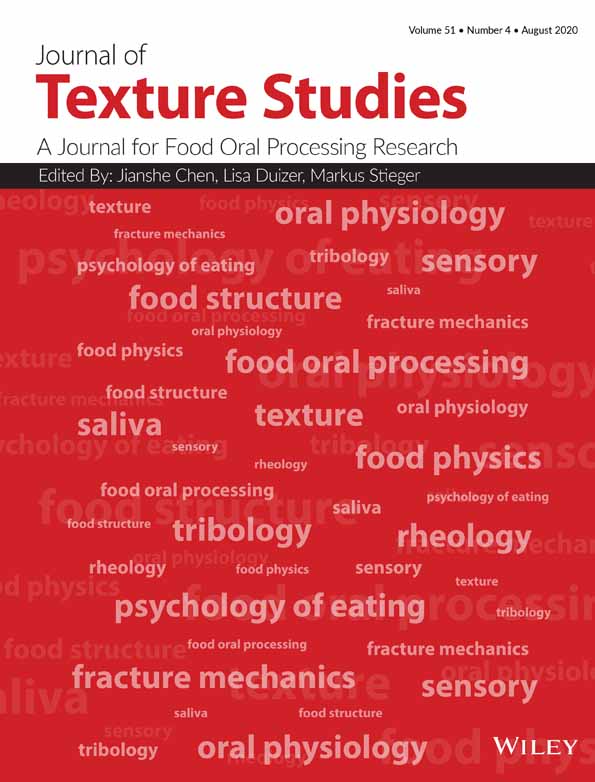The compression specificity of plant tissue
Funding information: University of Warmia and Mazury in Olsztyn, Grant/Award Number: 16.601.001-300
Abstract
The aim of this study was to determine the compression characteristics of nonhomogeneous plant materials with a complex morphological structure (beetroots, celery roots, and potato tubers), to compare the analyzed samples with the compression characteristics of reference materials (homogeneous isotropic structural materials: steel coil spring and vulcanized rubber), and to determine the influence of the compression rate on stress in compressed samples. Structural materials and plant materials clearly differed in compression characteristics. Excluding the short initial compression phase, the compression curves for the steel coil spring and vulcanized rubber were straight parallel lines, and the higher the crosshead speed, the higher the lines' location in the diagram. In tests conducted on plant materials, the rate of changes in compression force increased throughout the experiment with an increase in crosshead speed. The greatest variations in compression force resulting from differences in crosshead speed were observed in potato samples. The apparent retardation times determined in the developed rheological model ranged from 0.079 s for the steel coil spring to 6.863 s for potatoes.




